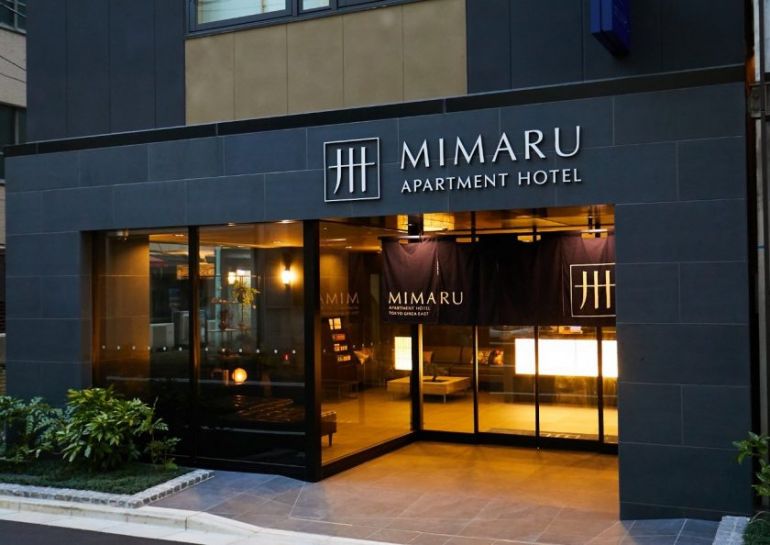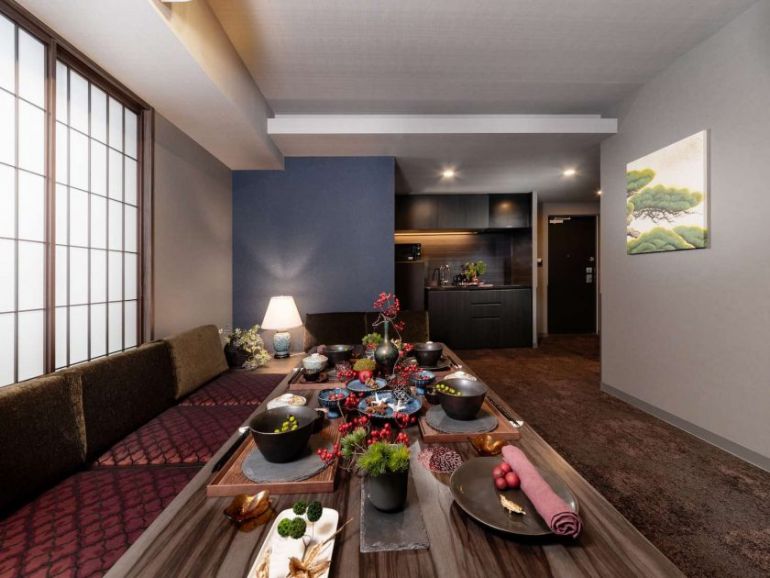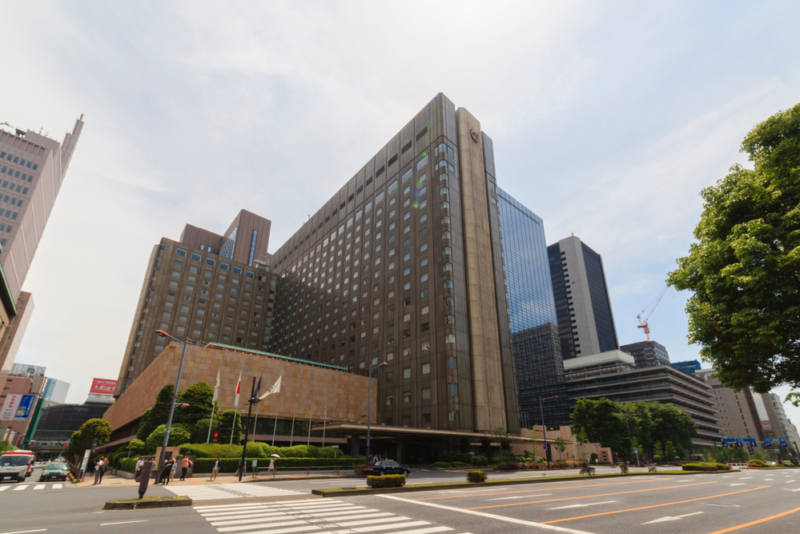Japan’s Hotel Industry Has Been Hit Hard
Prior to the onset of the global pandemic, Japan was an extremely popular destination for tourists, with nearly 32 million visitors in 2019. This dropped to just 4 million in 2020, with the majority visiting in the first few months of the year before the borders closed to tourists. Domestic travel, too, saw a huge decline, with 56.9% less money being spent on travel in 2020 than in the previous year. This harsh reality has forced most hotels to take austerity measures, but some have managed better than others by making quick changes to their businesses.
Hoshino Resorts – Attracting Customers With Skillful Marketing

One of the biggest success stories of the last year is Hoshino Resorts, a luxury resort hotel company with locations across Japan. While other resorts were scaling back and buckling down in an attempt to weather the storm, Hoshino Resorts acted with lightning speed to completely change its marketing strategy. Since there were no international customers, and most domestic customers were reluctant to travel or vacation, Hoshino Resorts instead came up with the idea of promoting “micro tourism,” a new way to spend a holiday without going far from home.

Instead of attracting customers from around the country, they instead targeted customers living just 1 to 2 hours away from each resort. They knew that people were itching to travel, but that fear of traveling long distances and risking getting or spreading COVID-19 was holding them back. By promoting micro tourism, Hoshino Resorts was able to end 2020 in the black, making a healthy profit (albeit reduced from the previous year) and even maintain an average room occupancy rate of above 70% at many of its properties. In addition, the group even announced plans to expand with three new locations in Kyoto.
APARTMENT HOTEL MIMARU – Doubling Down on Long-Term Stays

Another hotel that has continued to grow despite the pandemic is MIMARU Hotel, a popular “apartment-style” hotel that is designed for longer stays. With the onset of the pandemic, the term “ワーケーション” (workcation) grew in popularity to describe taking a vacation and working remotely from your lodgings. MIMARU hotel’s apartment-style rooms were already ideally suited for this type of vacation, but they went a step further to open “MIMARU SUITES ” in Kyoto’s Yonjo last month, where every suite has two or three bedrooms, as well as a small kitchen, dining room, and living room.

MIMARU expects increased demand for this type of accommodation as workcations become a more common way for families to get away. Indeed, the company is currently expanding in the midst of the pandemic and will open another MIMARU SUITES in Kyoto this fall, with other locations planned for Tokyo as well. Perhaps workcations are the travel style of the future.
*MIMARU hotel is currently hiring for new positions at the hotels mentioned above and let us know that they are open to applications for foreign residents. If you’re interested in applying, see this link: https://jobs.tsunagulocal.com/en/job/02-005.
Imperial Hotel – Renting Out Rooms On a Monthly Basis

Another hotel that made headlines recently is Tokyo’s world-famous Imperial Hotel, which announced it would be renting out some of its suites on a monthly basis. Soon after the announcement, the new plans quickly sold out despite their fairly expensive price tag (360,000 yen per month for a 30 square meter studio type room and 720,000 yen per month for a larger connecting studio).
It might just be because of the hotel’s famous name that the new tactic was a success, but it would seem that there might be a certain demand for extended luxury hotel stays. In any case, Imperial Hotel announced recently that it will be tearing down the current main hotel building in 2031 and building a brand new, modern building in its place. The new building is set to open in 2036 and the company hopes to cash in on an anticipated post-corona tourism wave.
Hotel New Otani and Others – Telework Plans

One of the most commonly seen tactics used by hotels and ryokan looking to make use of their vacant rooms has been to offer telework plans, renting out a room during work hours. These plans vary in price but usually range from between 5,000 to 10,000 yen per day. An example is the Hotel New Otani in Osaka, which began offering a 30,000 yen 30-day plan, with rooms open from 8 am to 8 pm.

All of these plans include access to high-speed internet, and some even offer extra perks such as access to the sauna and baths or room service breakfast every morning. It’s unclear who has that much cash to spend on a workspace each month, but it is clear that hotels are desperate for customers at the moment and willing to experiment with new plans.
Conclusion – The Creative Will Survive
Many of the major hotels seem to be banking on travel to make a full recovery and return to pre-pandemic levels in the near future. Others, such as those mentioned above, aren’t waiting around. Hopefully, travel will return to normal fairly soon as vaccination efforts pick up steam. In the meantime, Japan’s hotels will need to continue to find creative ways to bring in revenue if they are to survive.
The information in this article is accurate at the time of publication.

